
Box engine: types, device and principle of operation
Content
In the entire history of automobile production, many varieties of motors were developed that were supposed to drive the car. Today, most motorists are familiar with only two types of engines - electric and internal combustion engines.
However, among the modifications based on the ignition of the fuel-air mixture, there are many varieties. One of these modifications is called the boxer engine. Consider what is its feature, what types of this configuration are, as well as what their pros and cons are.
What is the boxer engine
Many believe that this is a kind of V-shaped design, but with a large collapse of heads. In fact, this is a completely different type of ICE. Thanks to this design, the motor has a minimum height.
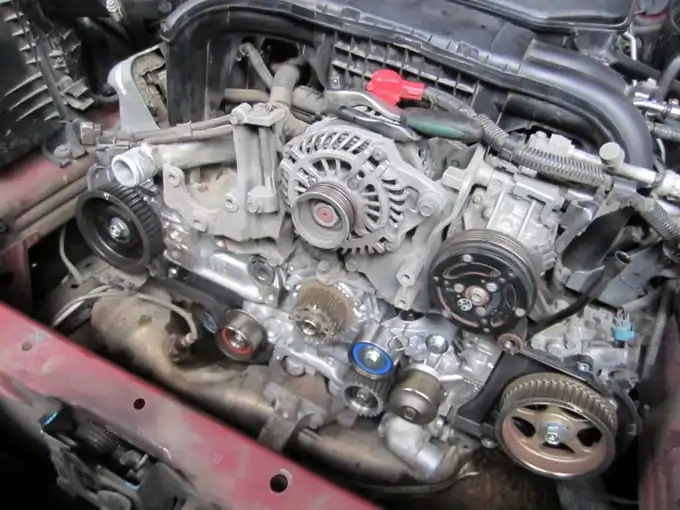
In reviews, often such powertrains are called a boxer. This indicates the peculiarity of the piston group's operation - they seem to box the pear from different sides (move towards each other).
The first working boxer engine appeared in 1938. It was created by VW engineers. It was a 4-cylinder 2-liter modification. The maximum that the unit could reach was 150 hp.
Due to its special shape, the motor is used in tanks, some sports cars, motorcycles and buses.
In fact, the V-shaped motor and the opposer have nothing in common. They differ in the principle of work.
The principle of the operation of the boxer engine and its device
In a standard ICE, the piston moves up and down, reaching TDC and BDC. To achieve smooth rotation of the crankshaft, the pistons must be activated alternately with a certain shift of the response time of the cycles.

In a boxer motor, smoothness is achieved by the fact that a pair of pistons always works synchronously, either in opposite directions, or as close to each other as possible.
Among these types of engines, the most common are four- and six-cylinder, but there are also modifications to 8 and 12 cylinders (sports versions).
These engines have two gas distribution mechanisms, but they are synchronized by one drive belt (or chain, depending on the model). Opposites can work both on diesel fuel and gasoline (the principle of ignition of the mixture differs in the same way as in conventional engines).
The main types of boxer engines
Today, companies such as Porsche, Subaru and BMW often use this type of engine in their cars. Several modifications were developed by engineers:
- Boxer;
- RUSSIA;
- 5TDF.
Each of the types appeared as a result of improvements of previous versions.
Boxer
A feature of this modification is the central location of the crank mechanism. This allows you to evenly distribute the mass of the engine, which minimizes vibration as a result of the operation of the unit.
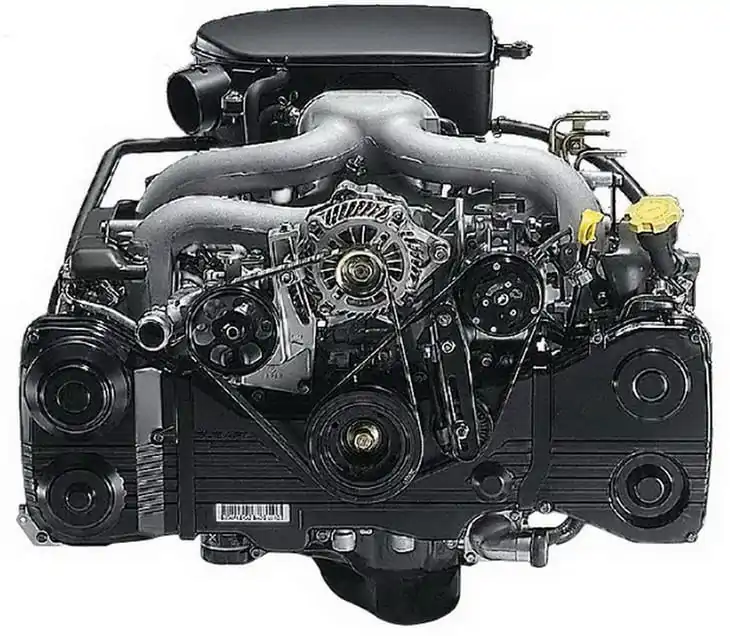
To increase the return on such a motor, the manufacturer equips it with a turbine supercharger. This element increases the power of internal combustion engines by 30% compared with atmospheric counterparts.
The most efficient models have six cylinders, but there are also sports versions for 12 cylinders. The 6-cylinder modification is the most common among similar flat engines.
RUSSIA
This type of ICE belongs to the category of two-stroke engines. A feature of this modification is a slightly different work of the piston group. Two pistons are located in one cylinder.
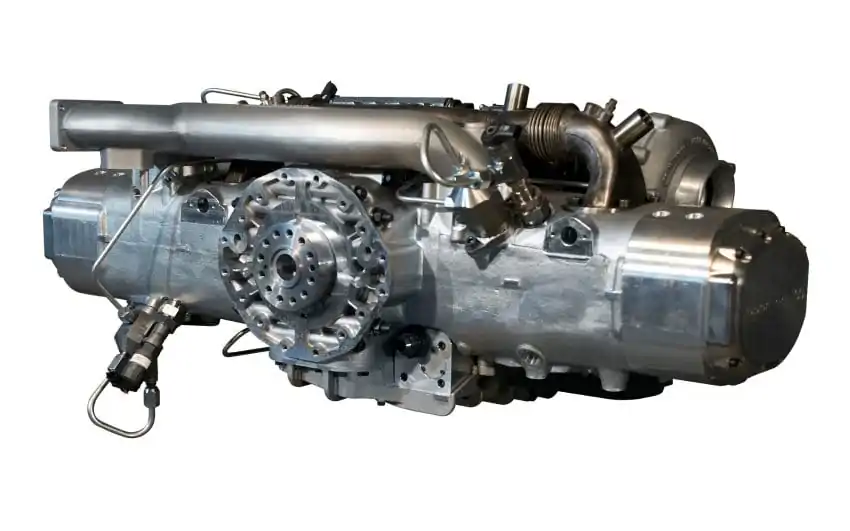
While one performs an intake stroke, the other removes exhaust gases and ventilates the cylinder chamber. In such engines there is no cylinder head, as well as a gas distribution system.
Thanks to this design, the motors of this modification are almost half lighter than similar ICEs. In them, the pistons have a small stroke, which reduces power loss due to friction, and also increases the endurance of the power unit.
Since the power plant has almost 50% fewer parts, it is much lighter than the four-stroke modification. Thanks to this, the car is a little lighter, which affects the dynamic characteristics.
5TDF
Such motors are installed in special equipment. The main scope is the military industry. They are installed in tanks.
These ICEs have two crankshafts located on opposite sides of the structure. Two pistons are placed in one cylinder. They have one common working chamber in which the air-fuel mixture is ignited.

Air enters the cylinder due to turbocharging, as is the case with OROS. Such motors are low-speed, but very powerful. At 2000 rpm the unit produces as much as 700 hp One of the drawbacks of such modifications is a rather large volume (in some models it reaches 13 liters).
Plus boxer engine
Recent developments of boxer motors have increased their endurance and reliability. The flat design of the power units has many positive aspects:
- The center of gravity is lower than in classic engines, which increases the stability of the car on bends;
- Proper operation and timely maintenance increases the interval between overhauls to 1 million km. mileage (compared to conventional engines). But the owners are different, so the resource may be even greater;
- Since the reciprocating movements occurring on one side of the internal combustion engine compensate for the load by an identical process from the opposite, noise and vibration in them are reduced to a minimum;

- Boxer motors have always been highly reliable;
- A flat design with a direct impact during an accident goes under the interior of the car, which reduces the risk of serious injury.
Cons of the boxer engine
This is a rather rare development - all middle-class cars are equipped with the usual engines with a vertical design. Due to the design features, they are more expensive to maintain.
In addition to expensive service, the opposition has several other drawbacks, but most of these factors are relative:
- Due to the design feature, a flat motor can consume more oil. However, depending on what to compare. There are in-line engines that are so "gluttonous" that it is better to consider a compact, but more expensive option;
- Service difficulties are caused by a small number of professionals who are versed in such engines. Some argue that boxer motors are very inconvenient to maintain. In some cases, this is true - the motor needs to be removed to replace the candles, etc. But it depends on the model;

- Since such motors are less common, spare parts for them can be purchased on order, and their cost will be higher than standard analogues;
- There are few specialists and service stations who are ready to undertake the repair of this unit.
Difficulties in repair and maintenance of the boxer engine
As already mentioned, one of the minuses of flat engines is the difficulty in repair and maintenance. However, this does not apply to all oppositionists. More difficulties with six-cylinder modifications. As for the 2- and 4-cylinder analogues, the difficulties concern only the design features (candles are often located in hard-to-reach places, it is often necessary to remove the entire motor to replace them).
If the owner of the boxer engine is a novice, then in any case, you should contact a service center for service. With improper manipulations, you can easily violate the settings of the gas distribution mechanism.
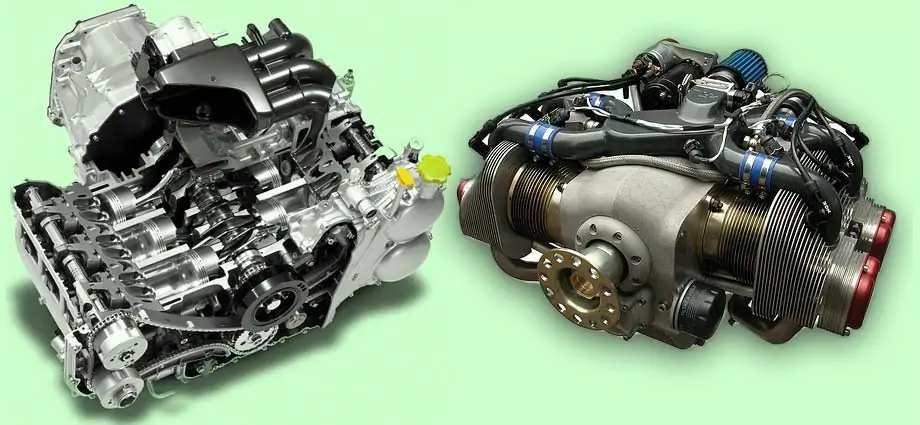
Another feature of the maintenance of such engines is the mandatory procedure for sizing cylinders, pistons and valves. In the absence of carbon deposits on these elements, it is possible to increase the life of the internal combustion engine. It is best to perform this operation in the fall, so that the motor works easier in the winter.
As for the serious repair, the biggest drawback is the extremely high cost of the “capital”. It is so high that it is easier to buy a new (or used, but with a sufficient supply of working resource) motor than to repair a failed one.
Given the above features of the boxer engine, those who were faced with the choice: whether to buy a car with such a motor or not, now have more information to determine what you have to compromise on. And in the case of the opposition, the only compromise is the financial issue.
Questions and answers:
Why is a boxer engine good? Such a unit has a low center of gravity (adds stability to the machine), less vibrations (the pistons balance each other), and also has a huge working resource (million people).
Who Uses Boxer Engines? In modern models, the boxer is installed by Subaru and Porsche. In older cars, such an engine could be found in Citroen, Alfa Romeo, Chevrolet, Lancia, etc.
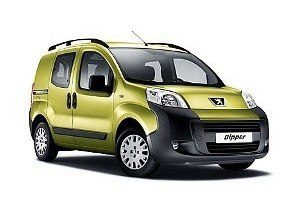
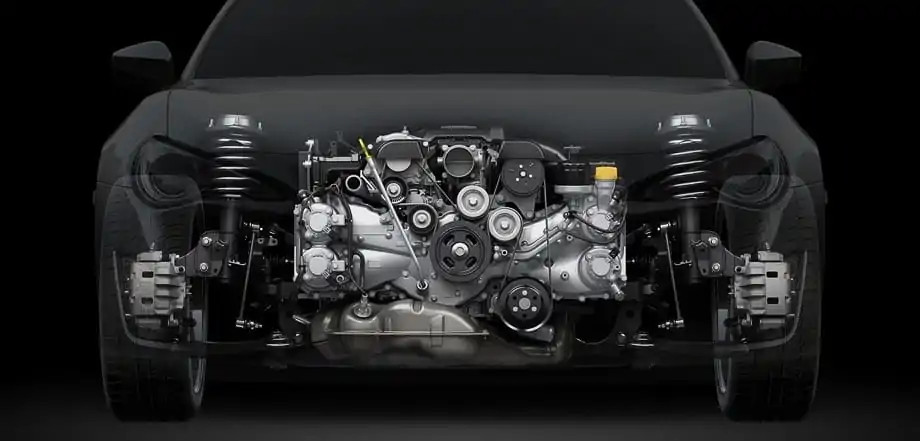
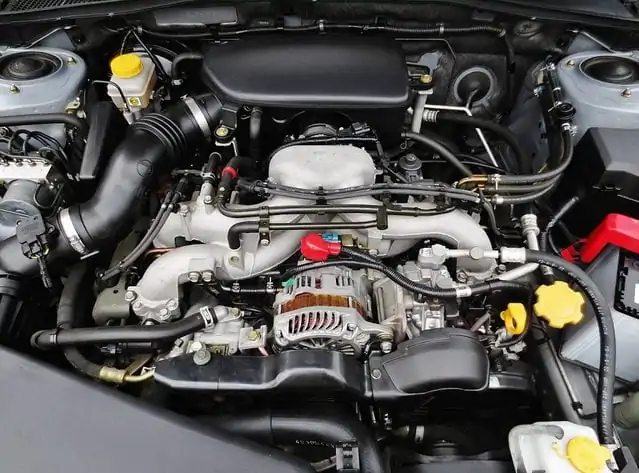
One comment
Chris
Boxer engines have been around for much longer than you may think. Henry Ford’s first engine was a boxer, 2 cylinder 2 litre in 1903 and Karl Benz had one in 1899. Even Jowett of Bradford made nothing else from 1910 until 1954. Over 20 manufacturers have used boxers in cars, ignoring many aero and commercial motors.